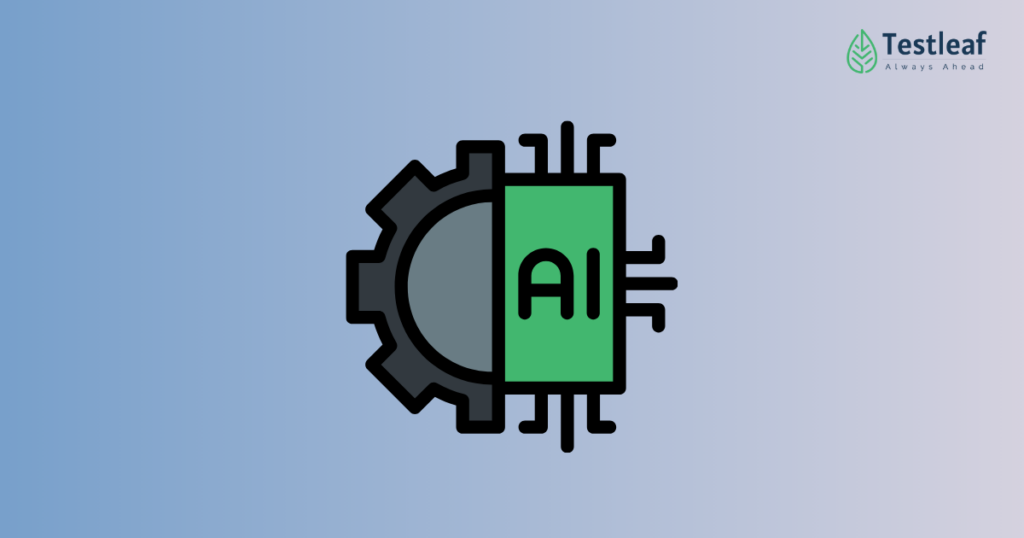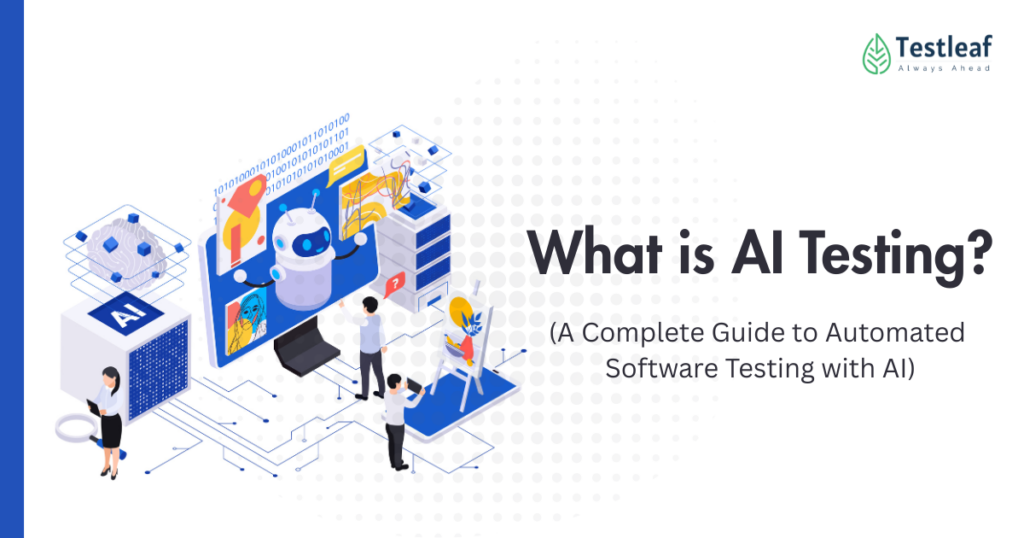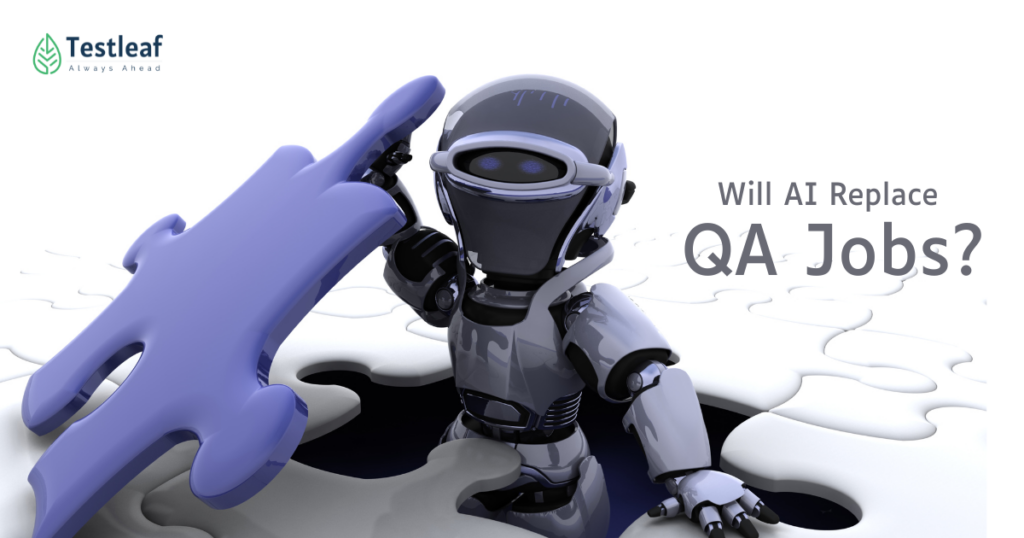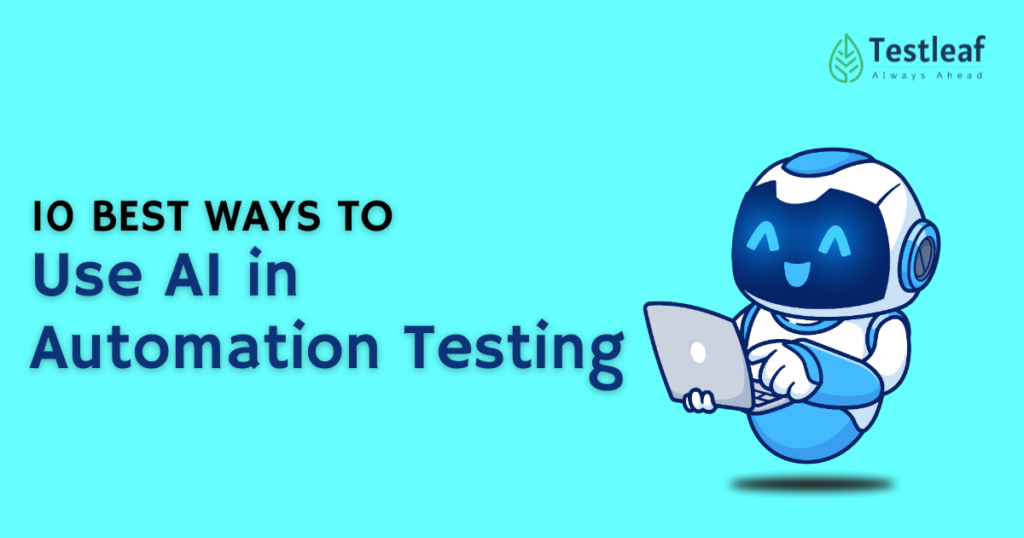Introduction
Software testing has evolved significantly, beginning with manual testing that uncovers errors in software applications while assessing their quality. As technology advances, businesses are consistently seeking faster and smarter ways to deliver high-quality applications. Later, automation testing tools came into play, making testing even easier. Now, we observe that Artificial Intelligence (AI) is dominating every industry, leading to a critical transformation in automation and its essentiality.
Let’s look into the key differences, benefits, and use cases of both approaches, as well as how AI for software testing shapes the future of quality assurance.
What exactly is Traditional Automation Testing?
The Automation testing system relies on predefined scripts written by the testers to verify the functionality of applications. The most common tools used for creating and running test cases are Selenium, QTP/UFT, and TestNG.
Here are some of the Key Characteristics:
- Test script that follows specific rules
- Requires manual script maintenance
- Fixed test scenarios
- Limited ability to adapt to changes in UI or logic
It is true that traditional automation significantly reduces manual effort, but it is also true that it can become rigid and time-consuming, especially in large, dynamic applications.
What is AI-driven testing?
AI-driven testing leverages artificial intelligence and machine learning to enhance the testing process. This approach allows smart test generation, self-healing scripts, intelligent bug detection, and predictive analytics.
It is important to note that testers are not replaced by artificial intelligence (AI); it enhances their efficiency by automating repetitive tasks, analyzing test data, and adapting tests as applications change.
Examples of AI applied in Testing:
- Visual validation through AI
- Predictive test selection based on risk
- Self-healing locators in UI testing
- Natural Language Processing (NLP) for creating tests
AI for software testing has become an essential tool for agile and DevOps projects.
Key Differences b/w Traditional vs. AI Testing
| Feature | Traditional Testing | AI-Driven Testing |
| Test Script Creation | Test scripts are manually crafted by testers | Test scripts are auto-generated or facilitated by AI |
| Maintenance | Maintenance demands are high, particularly with changes to the user interface | Maintenance requirements are minimal, thanks to self-healing capabilities |
| Test Coverage | Limited to predefined test cases | Expands using data-driven learning |
| Adaptability | Requires manual updates | Dynamically adapts using ML models |
| Speed | Slower due to manual steps | Faster with continuous learning |
| Bug Detection | Bug detection relies on established assertions. | Predictive & pattern-based anomaly detection |
Advantages of AI-Driven Testing
1. Smart Test Generation
AI tools have the capability to analyze changes in an application, automatically suggesting or even creating new test cases based on user interactions and past defects.
2. Self-Healing Scripts
When the locator for a UI element changes, traditional tests often fail. However, AI-driven frameworks such as Testim and Functionize can automatically adjust these selectors, minimising the chances of test failures.
3. Improved Test Coverage
Through the analysis of usage data, AI can identify areas of code that are under-tested, allowing for more targeted & effective test suggestions.
4. Faster Release Cycles
With AI for software testing, teams can transition from a reactive approach to a more proactive strategy. This means detecting issues before they affect users, ideal for CI/CD pipelines.
5. Data-Driven Decision Making
AI tools provide intelligent dashboards with insights on test performance, flakiness, and risk areas. This empowers QA teams to make better decisions about their testing processes.
Overcoming Challenges in Adopting AI for Software Testing
Adopting AI in software testing holds great potential, yet it also presents some challenges that need attention.
- Initial setup and tool learning curve
- Lack of trust in automated decision-making
- Limited support for legacy systems
- Cost of advanced AI tools
The good news is that these obstacles are gradually being addressed as more open-source and low-code AI solutions become available in the market.
When to Use Traditional vs. AI Testing?
Think about using Traditional Automation:
- Your application is stable and doesn’t change frequently
- You have a mature automation framework
- You need full control over scripting
Other Recommended Reads: Top Framework Interview Questions
On the other hand, consider AI-Driven Testing:
- Your product has frequent UI or logic changes
- You want to reduce script maintenance
- You work in fast-paced agile or DevOps environments
- You want to enhance test coverage using analytics
Many companies now combine both approaches for maximum test effectiveness.
Future of Software Testing with AI
It is predicted that the use of AI for software testing will continue to grow in 2025 and beyond. We can expect:
- Autonomous testing agents that explore apps without scripts
- Voice Recognition and NLP-based test case design
- AI-led performance and security testing
- Enhanced collaborations with robotic process automation (RPA)
It will be necessary for testers to upskill in order to work alongside AI-powered tools as these innovations mature.
Conclusion
Here, it’s not a matter of which is better anymore- it’s a matter of how to strategically use both types of testing. Automation testing is a traditional method of controlling and ensuring reliability, but AI for software testing add intelligence, speed, and adaptability that are essential to modern development processes.
To stay on top, it is vital for QA professionals to continuously upgrade their skills and explore AI-powered testing platforms. What’s the best way to tackle this? Sign up for hands-on training programs that blend traditional methods with AI innovations.
Are you prepared to move from manual scripts to smarter testing approaches? Discover how AI is transforming the realm of software testing—let’s dive in today!
We Also Provide Training In:
- Advanced Selenium Training
- Playwright Training
- Gen AI Training
- AWS Training
- REST API Training
- Full Stack Training
- Appium Training
- DevOps Training
- JMeter Performance Training
Author’s Bio:

As CEO of TestLeaf, I’m dedicated to transforming software testing by empowering individuals with real-world skills and advanced technology. With 24+ years in software engineering, I lead our mission to shape local talent into global software professionals. Join us in redefining the future of test engineering and making a lasting impact in the tech world.
Babu Manickam
CEO – Testleaf





